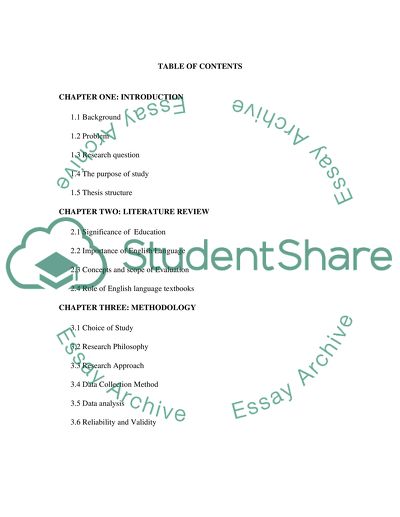Cite this document
(“Is Cutting Edge Textbook suitable for Saudi Cadets Essay”, n.d.)
Retrieved de https://studentshare.org/english/1392224-is-cutting-edge-textbook-suitable-for-saudi-cadets
Retrieved de https://studentshare.org/english/1392224-is-cutting-edge-textbook-suitable-for-saudi-cadets
(Is Cutting Edge Textbook Suitable for Saudi Cadets Essay)
https://studentshare.org/english/1392224-is-cutting-edge-textbook-suitable-for-saudi-cadets.
https://studentshare.org/english/1392224-is-cutting-edge-textbook-suitable-for-saudi-cadets.
“Is Cutting Edge Textbook Suitable for Saudi Cadets Essay”, n.d. https://studentshare.org/english/1392224-is-cutting-edge-textbook-suitable-for-saudi-cadets.


